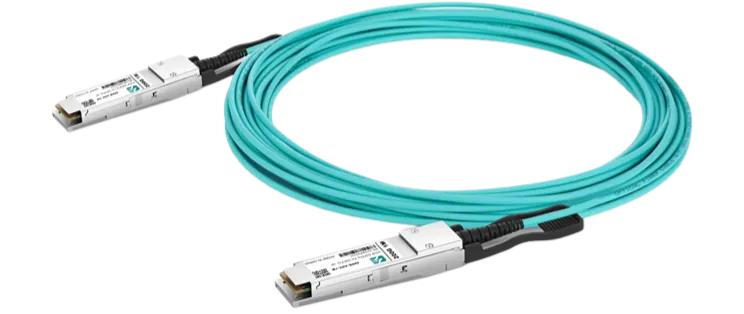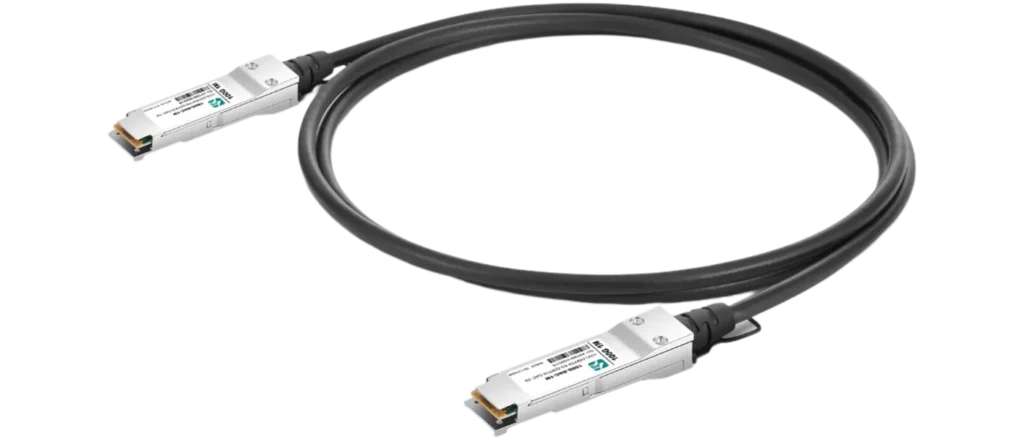- FREE Express Shipping On Orders $399+
December 21, 2024

As the demand for network bandwidth continues to increase, 10G CWDM modules are also being used more and more widely. Due to the increasing demand for high-bandwidth applications such as cloud computing and real-time communications, the network infrastructure also needs to have the ability to efficiently and economically process large-scale data. WDM technology was created to solve this dilemma. It can not only transmit and receive signals simultaneously through a single optical fiber, but also save optical fiber resources, improve network transmission efficiency and reduce costs. This article will take you to learn in detail what is a 10G CWDM module and its role in modern networks.
What is the 10G CWDM Module
The 10G CWDM module is designed for 10 Gigabit Ethernet. It uses CWDM technology to assign different wavelengths to each data stream and multiplex all data streams onto a single optical fiber. Each signal operates on a different wavelength, allowing multiple signals to be transmitted simultaneously without interference. This enables the 10G CWDM module to significantly expand network capacity without adding optical fibers. By deploying CWDM solutions, network expansion can be achieved with existing infrastructure without laying new optical fibers, making the 10G CWDM module more popular in today’s networks.
Advantages of 10G CWDM Module
Improve fiber utilization
A key advantage of the 10G CWDM module is to improve the utilization of existing fiber resources. Traditional point-to-point fiber connections are limited by the bandwidth of each fiber. CWDM technology can support multiple CWDM wavelengths to be transmitted on the same fiber. It can support up to 18 channels, each channel supports 10Gbps transmission rate, and the total bandwidth can reach 180Gbps. Compared with the 10Gbps transmission rate provided by the traditional 10G SR module, the 10G CWDM module is 18 times higher.
Cost-effective solution
It is well known that the deployment of infrastructure accounts for a large part of the cost budget in the entire communication network, especially when long-distance transmission is carried out or the network is extended to multiple locations. The 10G CWDM module can be deployed through the existing infrastructure to greatly increase the network bandwidth without the need to lay additional fiber infrastructure, which can avoid the expensive fiber laying cost and reduce the overall budget.
Scalability and flexibility
10G CWDM makes network expansion simple because it can transmit up to 18 channel signals on a single fiber. Because when an organization needs to expand network bandwidth, it only needs to deploy more 10G CWDM modules on the existing infrastructure to increase network bandwidth. There is no need to replace the existing infrastructure or add more optical fibers, which also has considerable flexibility.
Simplified network architecture
By deploying 10G CWDM modules, organizations can use fewer optical fibers to meet the required bandwidth requirements, which is undoubtedly a major benefit for network architecture. Because the 10G CWDM module can transmit multiple signals on one optical fiber at the same time, it can effectively reduce the number of optical fibers required. At the same time, maintenance engineers can more conveniently maintain or troubleshoot faults, reducing the burden of later operation and maintenance.
Long-distance transmission
At the same time, the 10G CWDM module also supports long-distance transmission, up to 80 kilometers, and the specific transmission distance depends on the module and the quality of the optical fiber. Although traditional 10G BIDI modules and 10G ER modules can also support long-distance transmission, their demand for optical fiber resources is undoubtedly huge. In addition, 10G CWDM does not require the deployment of additional repeaters or amplifiers for long-distance transmission within 40KM, keeping the network structure simple while reducing the overall network cost.
Application Scenarios of 10G CWDM Modules
10G CWDM modules are widely used in various application scenarios. The following are some common applications:
Small Data Center
Due to the limited space in the data center, the use of 10G CWDM modules can not only maximize the overall bandwidth of the network within limited resources, but also simplify the network structure, which is convenient for later operation and maintenance and engineers to troubleshoot faults. And the data center can also have considerable scalability and flexibility to cope with the growing bandwidth demand and various applications and services.
Telecommunications Industry
Service providers who provide metropolitan area network or long-distance network services can reduce their overall network costs and provide high-bandwidth services to customers by deploying 10G CWDM modules. Because it can not only transmit up to 18 channel signals in a single optical fiber, but also does not require additional repeaters or amplifiers in long-distance transmission, which can reduce the overall cost and provide customers with low-cost and high-quality services.
Campus Network
In the campus network, it can not only provide high-speed Ethernet connections, but also deploy the network at a lower cost. 10G CWDM can also provide high scalability and flexibility. It can flexibly expand network capacity in the face of growing network demand, making it an ideal choice for campus networks.
Enterprise WAN
For enterprises with multiple office locations or branches, 10G CWDM provides a cost-effective solution for these enterprises. By deploying CWDM modules, enterprises can reduce network deployment costs as much as possible, save money and apply it to business, which is undoubtedly friendly to the overall development of the enterprise. In addition, 10G CWDM can provide efficient data transmission and ensure the quality of signals in long-distance transmission, thereby achieving high-quality voice, video and data services.



















